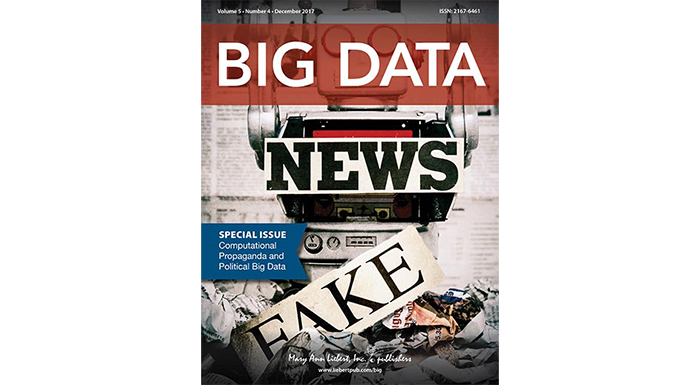Press: Elon Musk claims Twitter’s ban on Donald Trump amplified Trump’s voice among the right. That’s not quite true.
post,
17 May 2022
The problem of accurately predicting vote counts in elections is considered in this article. Typically, small-sample polls are used to estimate or predict election outcomes. In this study, a machine-learning hybrid approach is proposed. This approach utilizes multiple sets of static data sources, such as voter registration data, and dynamic data sources, such as polls and donor data, to develop individualized voter scores for each member of the population. These voter scores are used to estimate expected vote counts under different turnout scenarios. The proposed technique has been tested with data collected during U.S. Senate and Louisiana gubernatorial elections. The predicted results (expected vote counts, predicted several days before the actual election) were accurate within 1%.
Sathiaraj, D., Cassidy, W. and E. Rohli. (2017). Improving Predictive Accuracy in Elections. Big Data 5(4). https://doi.org/10.1089/big.2017.0047
post,
17 May 2022
post,
19 April 2022
post,
5 September 2021
post,
12 August 2021
